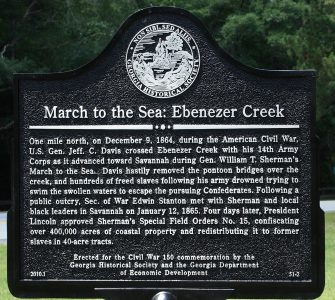 On Dec. 9, 1864, on the march to Savannah, hundreds or thousands of African American families who had just escaped from slavery were left to drown by Sherman’s Army. This is referred to as the Massacre at Ebenezer Creek.
On Dec. 9, 1864, on the march to Savannah, hundreds or thousands of African American families who had just escaped from slavery were left to drown by Sherman’s Army. This is referred to as the Massacre at Ebenezer Creek.
From an article in The Washington Post,
“On the pretence that there was likely to be fighting in front, the negroes were told not to go upon the pontoon-bridge until all the troops and wagons were over: a guard was detailed to enforce the order,” recalled Col. Charles Kerr of the 16th Illinois Cavalry in a speech 20 years after the incident. “As soon as we were over the creek, orders were given to the engineers to take up the pontoons and not let a negro cross. . . . I sat upon my horse then and witnessed a scene the like of which I pray my eyes may never see again.”
Just before sunrise, the refugees cried out as their escape route was pulled away from them. Moments later, Wheeler’s scouts rode up from behind and opened fire. Hundreds of refugees rushed forward into the icy current. Several Union soldiers on the eastern bank tried to help, pushing logs out to the few refugees still swimming.
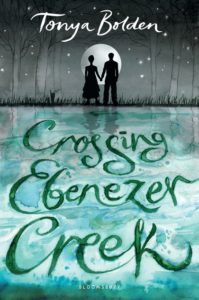 In response to public outcry about the massacre, demands by Black ministers to Secretary of War Edwin Stanton and Union General William T. Sherman were heeded and led to the short-lived land distribution during Reconstruction known as Sherman’s Special Field Order No. 15.
In response to public outcry about the massacre, demands by Black ministers to Secretary of War Edwin Stanton and Union General William T. Sherman were heeded and led to the short-lived land distribution during Reconstruction known as Sherman’s Special Field Order No. 15.
This was one of many massacres in U.S. history.
To introduce this event to middle and high school students, we recommend the young adult book, Crossing Ebenezer Creek by Tonya Bolden. Find more resources below to teach about the abolition movement and the Reconstruction era.

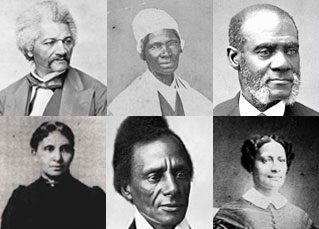
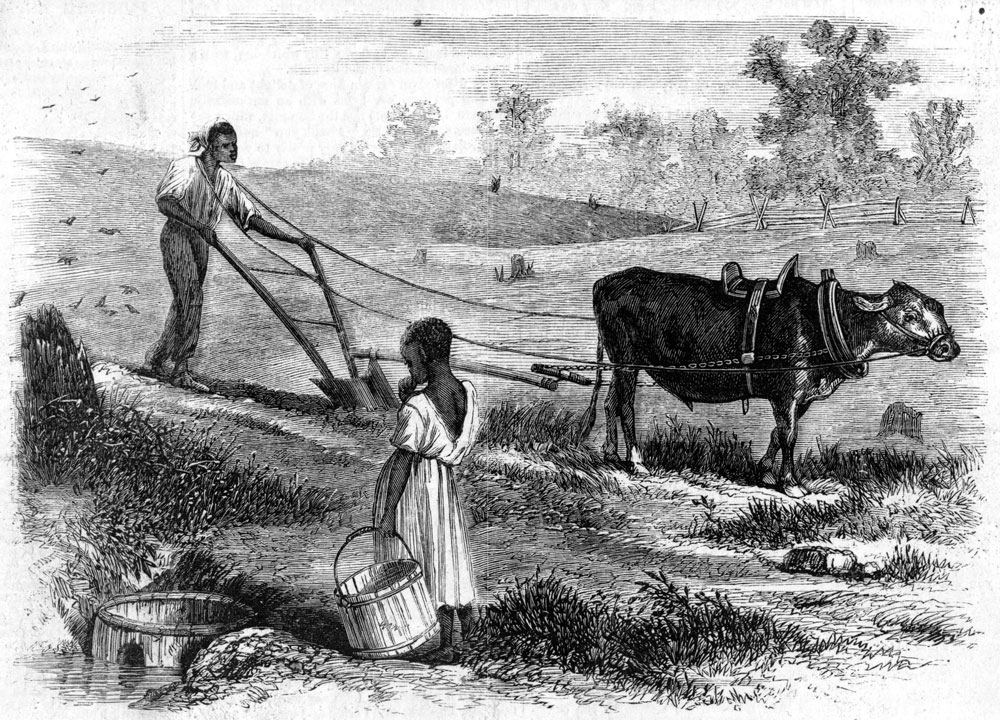
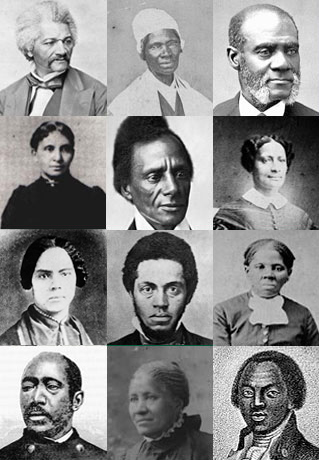
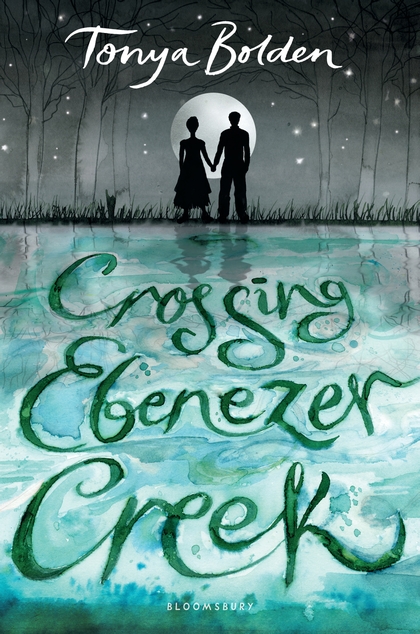
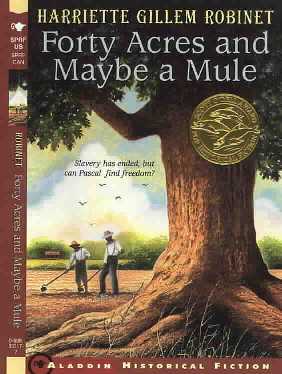
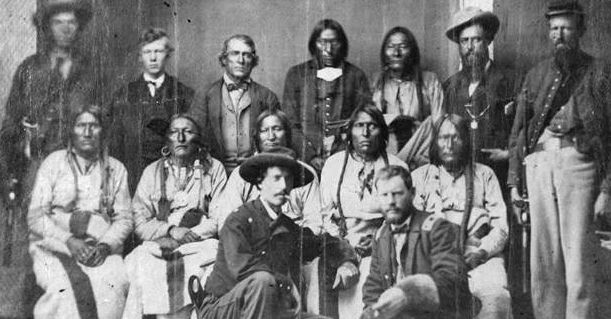
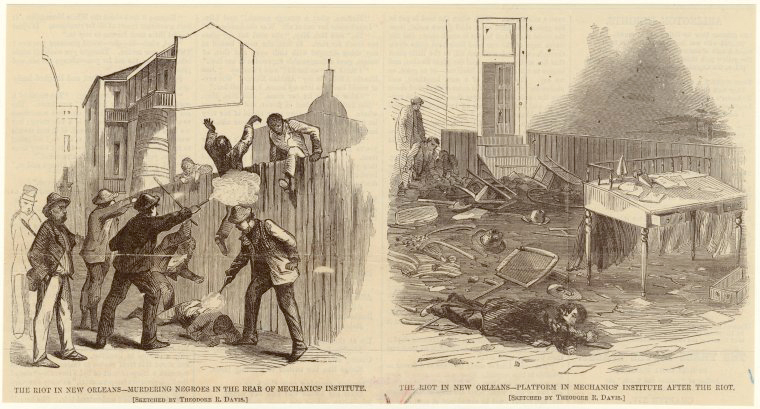
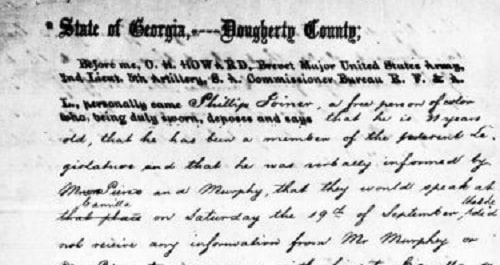
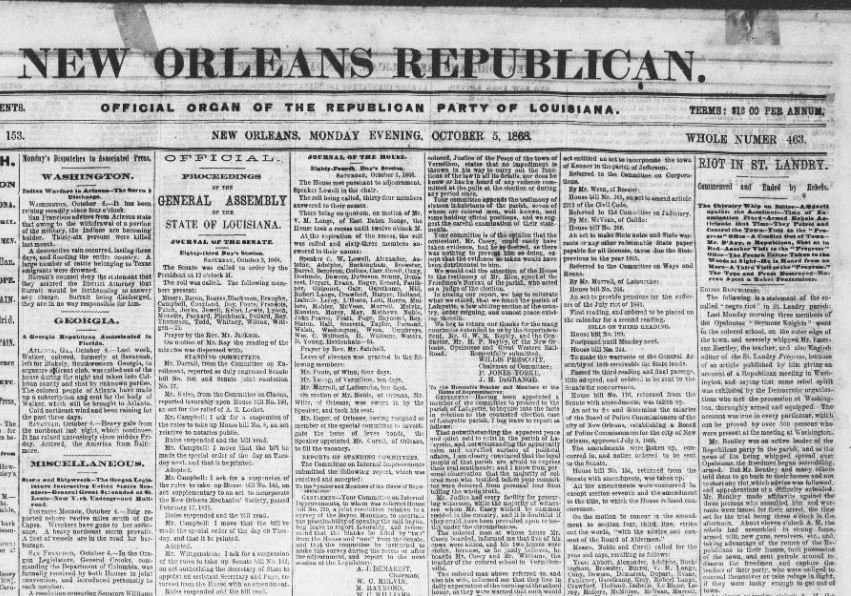
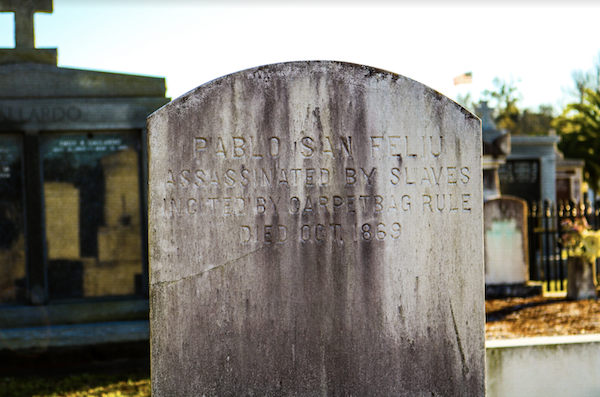





Twitter
Google plus
LinkedIn